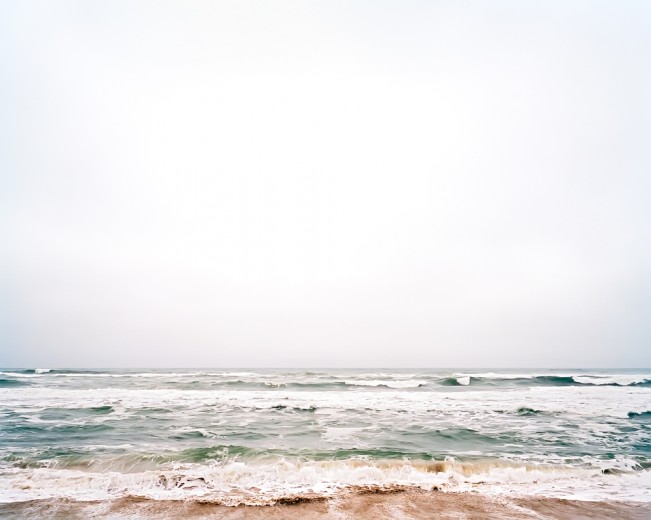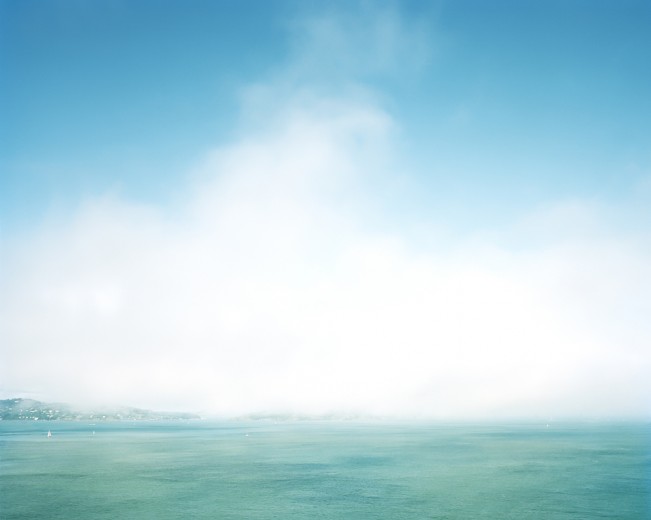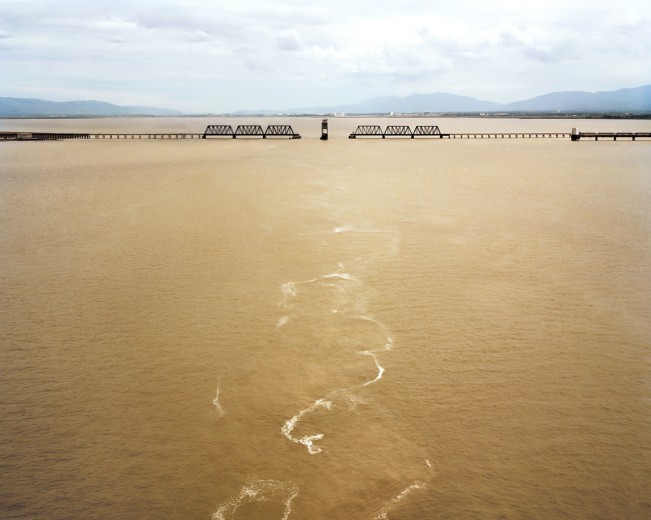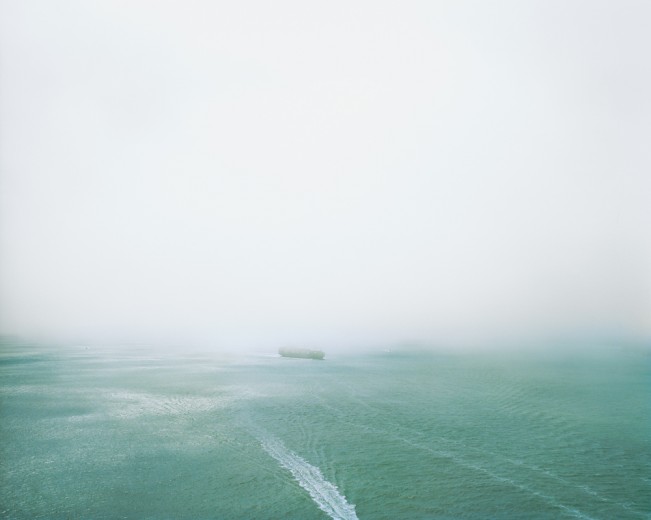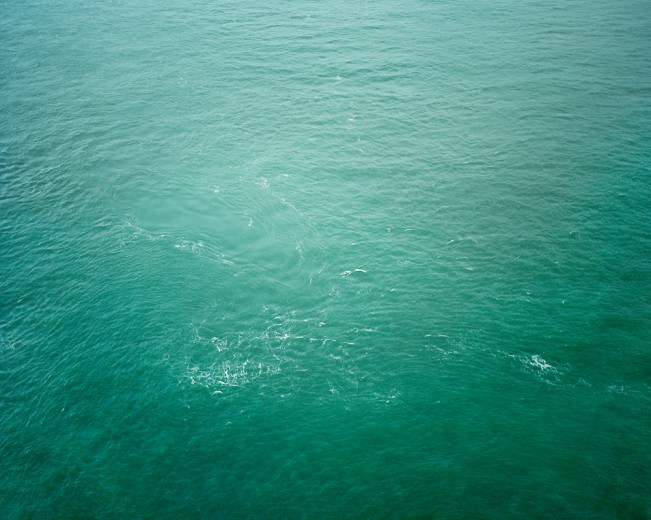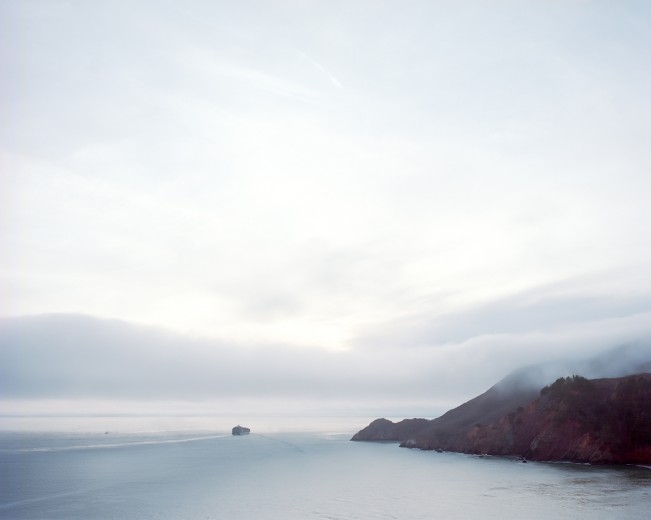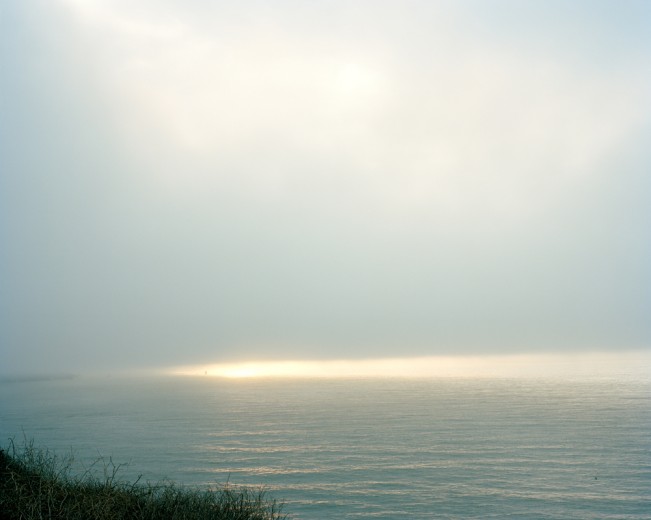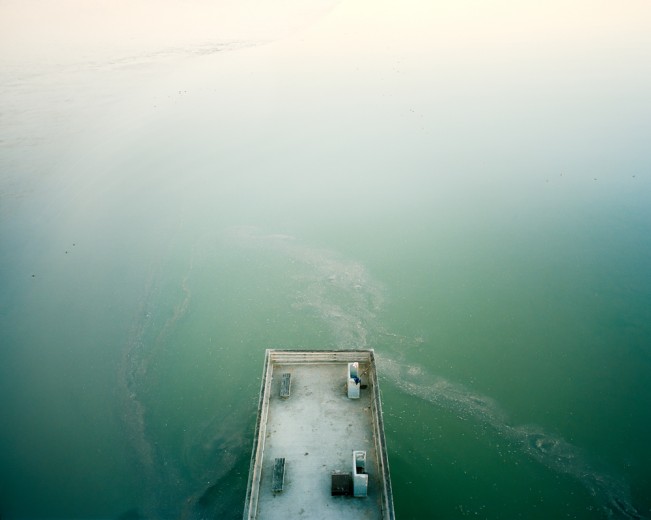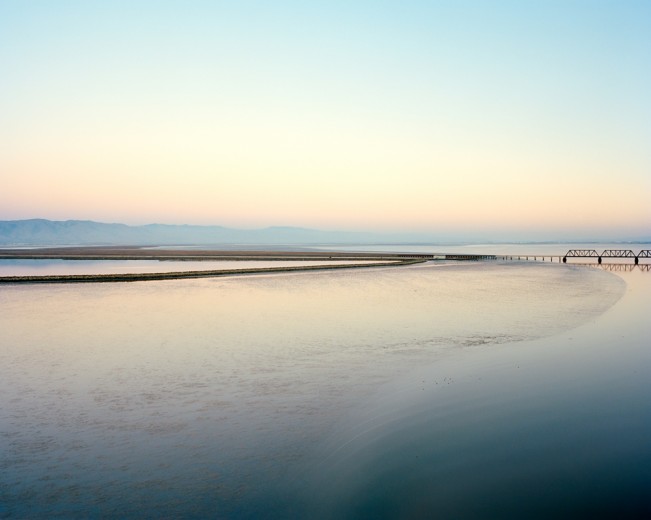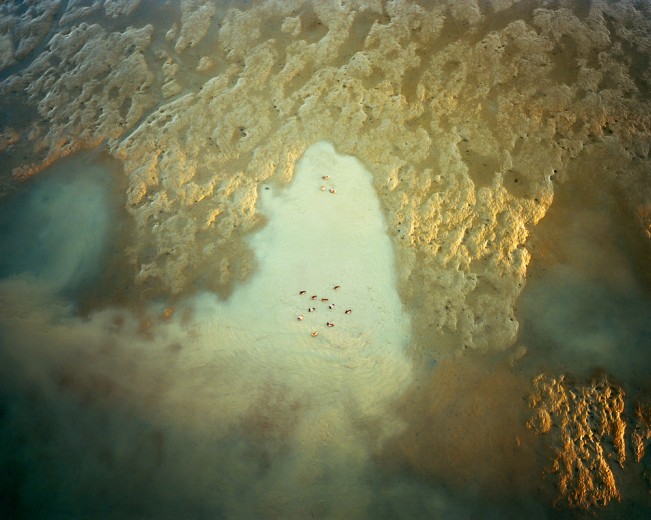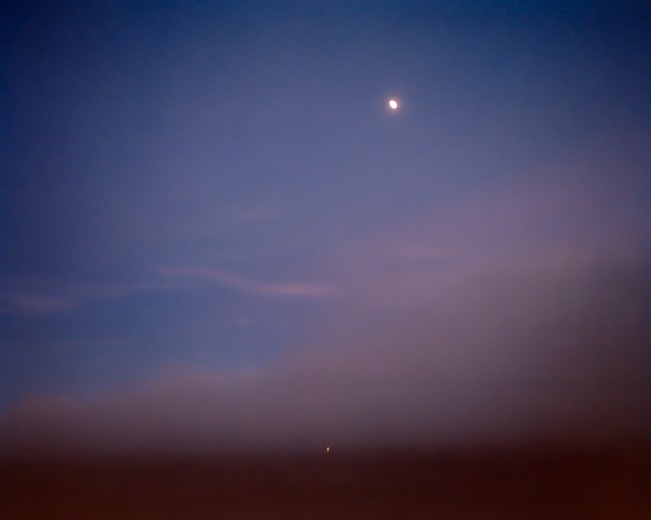Donna J. Wan: Death Wooed Us
Photographer Donna J. Wan’s new series, Death Wooed Us, examines a personal, yet universal, experience with the consideration of suicide. This brave terrain of self exposure and deep seeing and thinking allow Donna to imagine the last visual moments before a fateful decision is executed. Her work is currently featured in the exhibition, After Ansel Adams, on display at the Museum of Photographic Arts in San Diego, running through Sept 28th, 2014. Her photographs have been recently been celebrated on Feature Shoot , El Pais, and The Bold Italic (a nice interview) and her work was recognized on of the Top 100 list for the Flash Forward Tenth Anniversary Publication by the Magenta Foundation
Donna J. Wan was born in Taiwan and lives in the San Francisco Bay Area. She earned her BA in Economics, Phi Beta Kappa, from Stanford University and MFA from the San Francisco Art Institute. She grew up in New York City and in the past several years has developed an interest in the natural world. Her photographs reflect her continual search to understand how perceptions and identities are shaped by the landscape.
Her work has been shown at the New Mexico Museum of Art, RISD Museum of Art, Museum of Photographic Arts, and Silver Eye Center for Photography. She has been named a Magenta Foundation 2007 Flash Forward Emerging Photographer and a 2012 Critical Mass Top 50 Finalist. Her awards include The CENTER 2012 Project Launch, 2012 Lucie Foundation/APA Scholarship, 2013 Kolga Award, The CENTER 2013 Gallerist’s Choice, and the Silver Eye 2014 International Fellowship.
Her work has appeared in Fraction Magazine, Flak Photo, Lenscratch, PDN, Feature Shoot, Forward Thinking Museum, Beautiful Decay, Profifoto, Wired.com, Conscientious, and La Journal De La Photographie. In 2009, she was awarded an artist’s residency at The Center for Photography at Woodstock and was invited by Catherine Opie to lecture at UCLA. Her work is included in the collections of the Pulitzer Prize winning author Richard Ford, BNY Mellon Bank, and the Museum of Fine Arts, Houston.
Death Wooed Us
Suicide is a difficult topic to talk about. Most try to avoid it. Yet some of us have personally experienced despair so great that we have thought about it as an option. We have also known others who have tragically succumbed to it. In 2011 after the birth of my daughter I developed a severe case of postpartum depression and considered taking my own life. I imagined I would drive to the California coast where I could look at the magnificent ocean and then jump off a cliff. Since then I have recovered, and learned that many suicidal people have similar inclinations: they travel near or far to well-known or obscure natural places to end their lives. Often these places are near water, mountains or valleys. There is even a term for such places – “suicide destinations.”
The photographs in this project attempt to capture the views of these settings. Using research gathered from media reports, I found several locations in the Bay Area and travelled to them. I walked along the paths taken by these people before they ended their lives. Most of these photographs were taken from bridges, including the Golden Gate Bridge, one of the most well-known “suicide destinations,” but also lesser-known beaches and overlooks. I purposely photographed from the perspective of looking up at the sky, down at the water or crags, or straight ahead but far away, thinking that these views might have resembled the ones seen by others moments before dying. Many of my images have a hazy and elusive quality, which I believe reflects the clouded state of mind of the suicidal.
Yet I do not pretend to know why others really chose the specific locations that they did. Nor do I claim to know what they were truly thinking before they jumped, hanged or drowned themselves. The reason behind each suicide is highly personal and, often, an enigma to the ones left behind. But I do believe that there have been others, like me, who wanted to die surrounded by a beautiful landscape. One survivor even said there was a “certain grace and beauty” about dying from the Golden Gate Bridge.
There are some who may think that my photographs romanticize these places of death. I can understand that point of view, although that is not my intention. Death is not beautiful – in fact, jumping from a bridge 200 feet high is a very painful and violent way to die. Yet the sublimity of these places continues to lure people to them. I do not intend for my work to glorify the allure of these places. Instead, I hope that it may offer a glimpse into the minds of those who may have thought that dying by these beautiful places was a peaceful way to end their suffering. As the poet Louise Gluck wrote in her poem “Cottonmouth Country,” “Death wooed us, by water, wooed us By land…”
“Donna Wan’s In the Landscape project successfully borrows a tradition from landscape painting, that of 19th-century Romantic painters’ introduction of a figure seen from behind to lead the viewer into the scene, to depict a wide range of vacation and leisure destinations. Elevated vantage points and less-than-ideal lighting conditions introduce distancing elements that underscore the investigative nature of her observation of individuals interacting with the landscape.” – Virginia Heckert, Curator at the J. Paul Getty Museum
“Donna J. Wan does literally put us “In the Landscape.” How we look or how we see is at the heart of this work. Man’s presence is important in this work because it provides us with a sense of scale, the way in which we are dwarfed by the enormity of Nature. She gets it right. Seeing from the photographer’s distant point of view we share that smallness, like little specks of humanity, flies on the wall … of a mountain”. – W.M. Hunt
“Donna J. Wan’s mesmerizing images are concerned with people’s interactions with nature. Witness the human race as presented through her lens is liberating. The men and women we witness in the forest, at the gorge, by the river, and elsewhere, are dwarfed by nature as they assume their rightful place in the universe. With their backs turned to us, and their faces barely visible, these people become placeholders for you, and for me.” -Linda Benedict Jones, Curator of Photography at the Carnegie Museum of Art.
Posts on Lenscratch may not be reproduced without the permission of the Lenscratch staff and the photographer.
Recommended
-
Salua Ares: Absense as FormNovember 29th, 2025
-
Ricardo Miguel Hernández: When the memory turns to dust and Beyond PainNovember 28th, 2025
-
Pamela Landau Connolly: Columbus DriveNovember 26th, 2025
-
KELIY ANDERSON-STALEY: Wilderness No longer at the Edge of ThingsNovember 19th, 2025
-
Jackie Mulder: Thought TrailsNovember 18th, 2025


